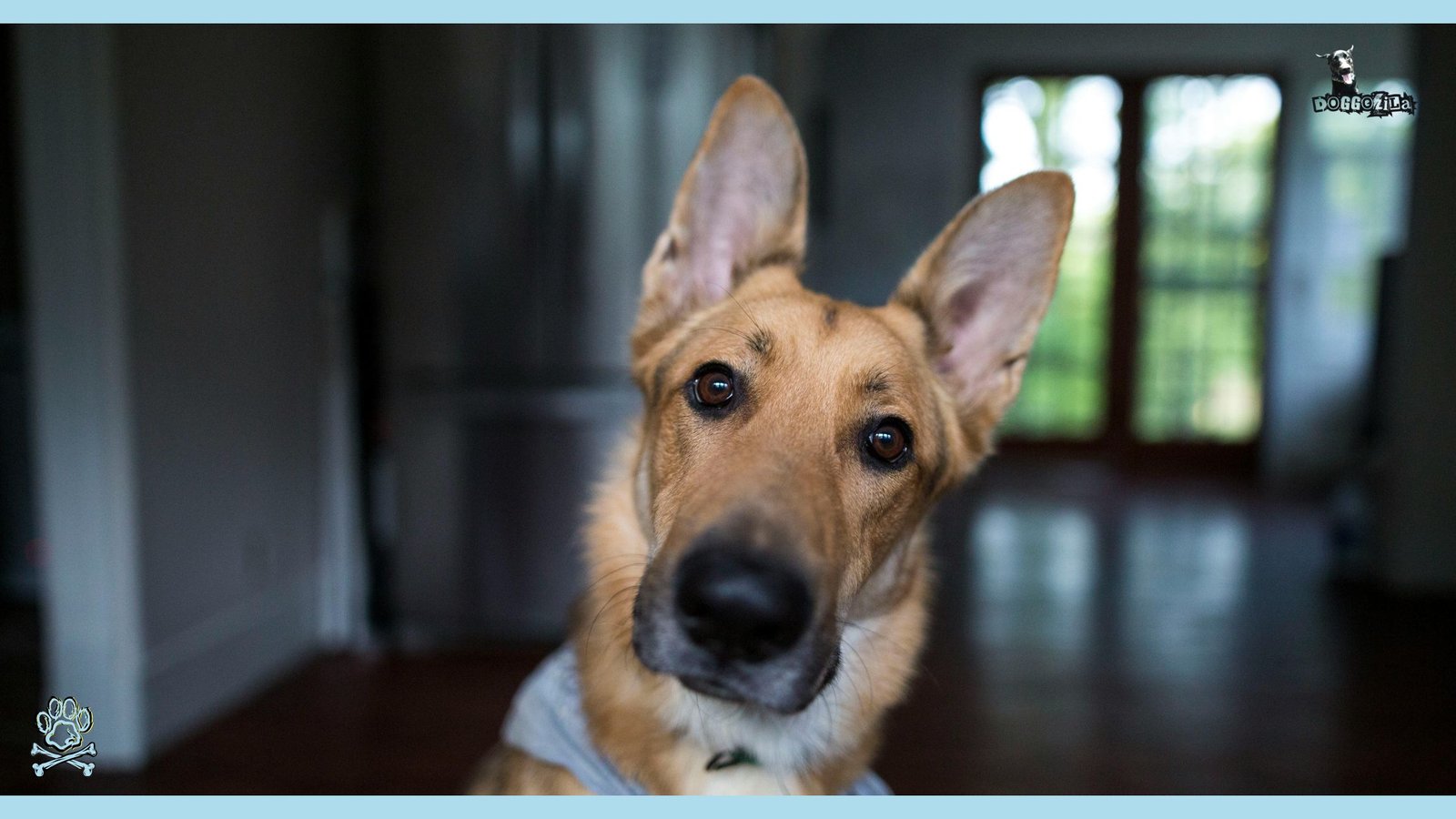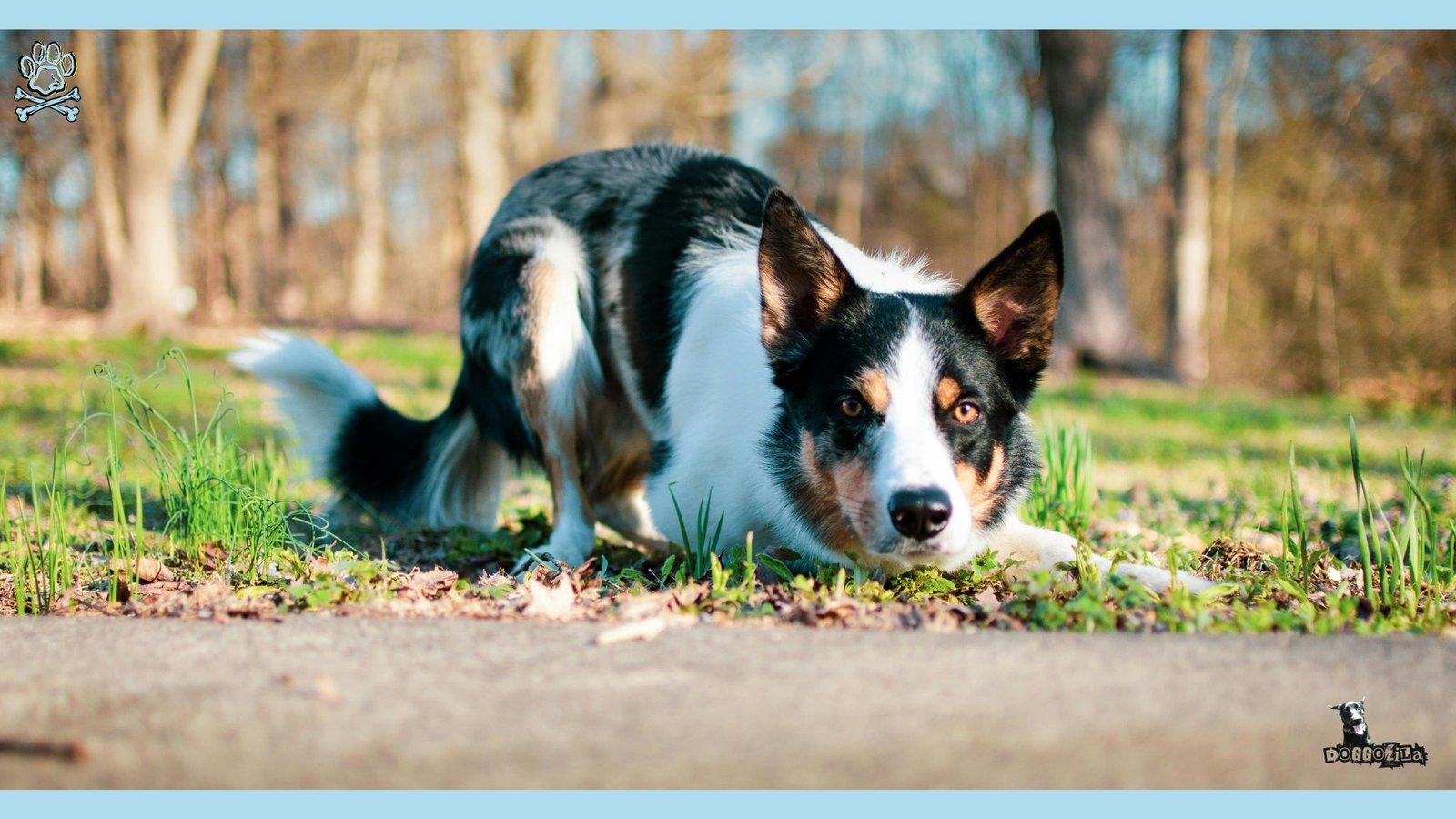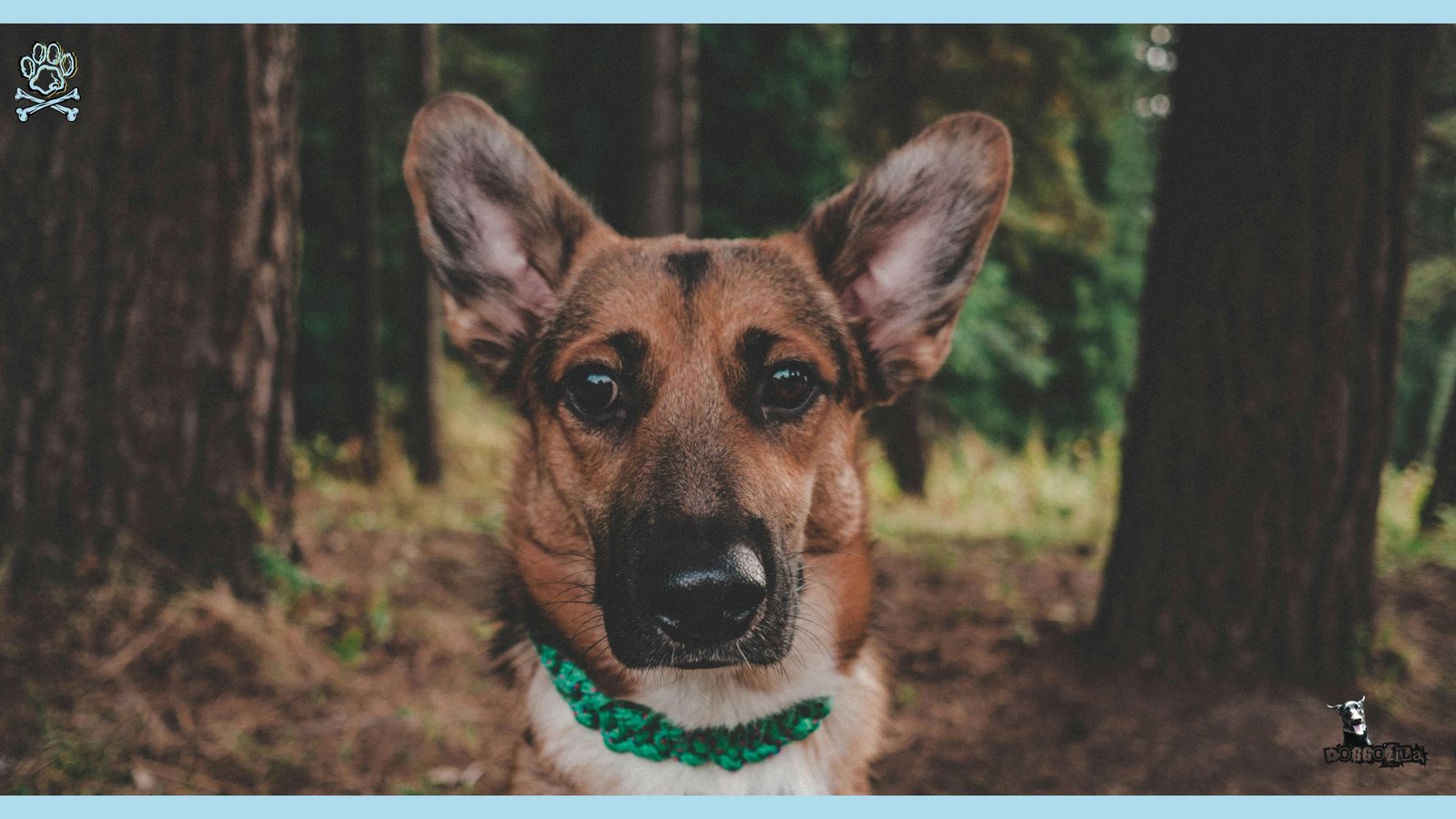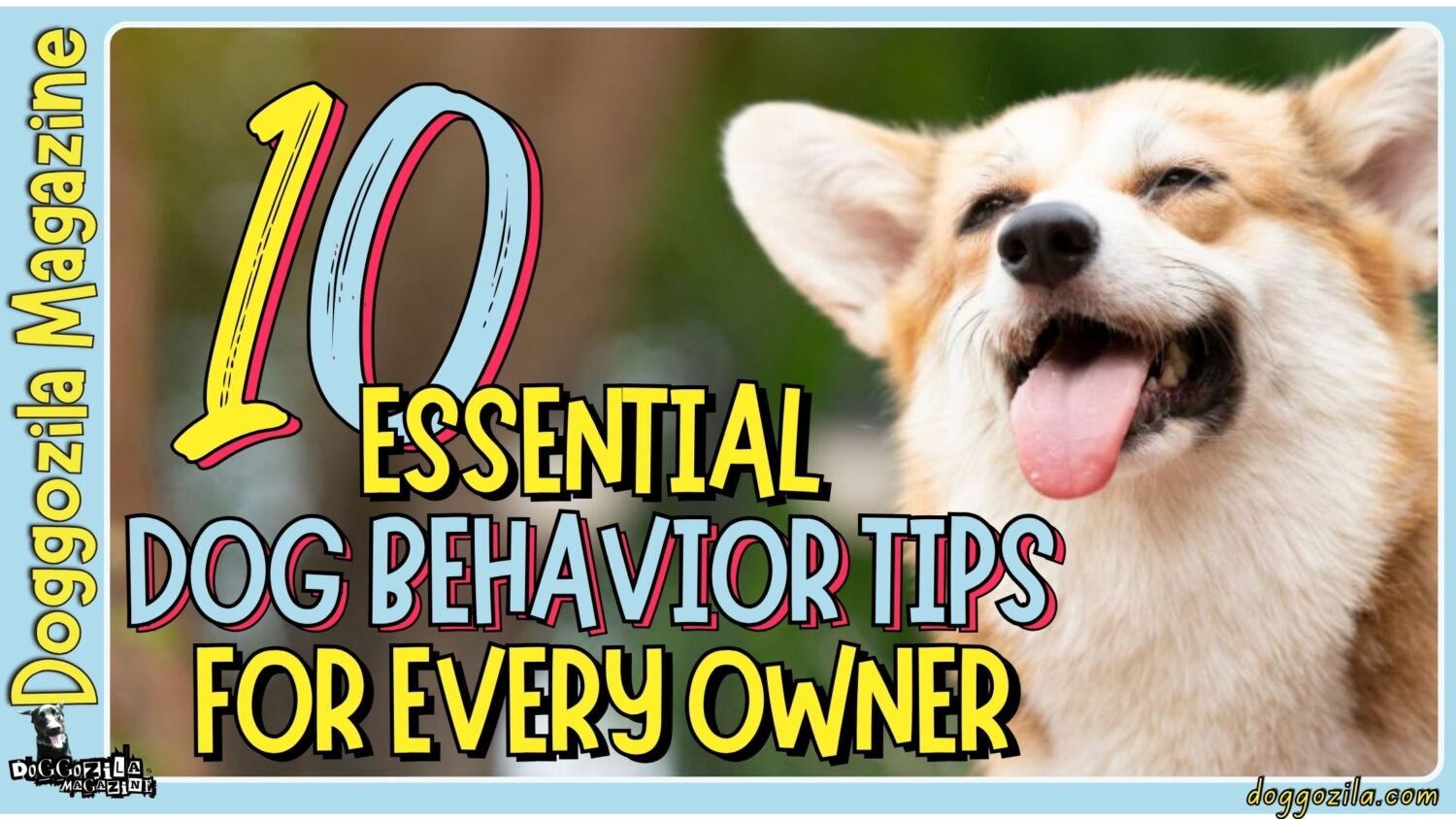
HOW DOGS UNDERSTAND HUMAN INTENTIONS AND STRENGTHEN BONDS WITH THEIR HUMANS
Have you ever wondered how your furry pal can understand your every move? Dogs have a talent for reading our thoughts and feelings. We’ll explore the fascinating world of canine thinking. We’ll see how dogs grasp human plans and build strong bonds with us. The ability of dogs to understand people intentions helped them evolve in the modern society today.
Learn how dogs understand human cues
Your loyal friend knows when you’re happy or sad. Dogs are experts at seeing our emotions and responding with care. On this journey, we’ll learn how dogs interpret our actions and plans. We’ll discover their amazing thinking skills.
Join us as we study how dogs understand human cues like facial looks and body moves. We’ll see how this deep knowledge makes the dog-human bond stronger. You’ll learn ways to improve your connection with your furry pal and talk better.
Get ready to explore the dog mind and find deeper meanings in their wags and barks. Build an even better friendship with your furry friend by understanding their inner world better than ever.
Understanding Canine Cognition and Behavior
Dogs are great friends, but do we really know how they act and communicate? For years, researchers have wanted to understand the complex dog-human relationship and how dogs think.
Decoding Your Dog’s Behavior
Ever wondered what your furry buddy is trying to say? Dogs communicate in many ways. Understanding their signals strengthens your bond. From head tilts to tail wags, they speak volumes. By interpreting their body language and sounds, you’ll know their feelings and needs better.
Dogs have many ways to talk. Their body motions give subtle clues. And their vocalizations convey emotions. When you learn to read these signs, you gain insight into their inner world.
The Importance of Human-Animal Interaction
The relationship between dogs and people matters greatly. Positive interactions impact a dog’s behavior and emotions. Dogs who get love, playtime, and mental stimulation behave better. They form strong bonds with their owners.
Studies show that dogs cherish quality time with humans. Regular affection and activities promote well-adjusted pups. Interacting with dogs benefits their overall wellness.
🔑 Key Points: Understanding how dogs think and act is key. It helps build rewarding relationships. And it ensures the happiness of our furry friends.

THE SCIENCE OF HOW DOGS UNDERSTAND HUMAN INTENTIONS
Have you marveled at how your dog reads your mind? Scientists study this impressive ability. Dogs are experts at interpreting human communicative cues.
Dogs Power of Eye Contact to Understand Intentions
One powerful way dogs get you is eye contact. Locking eyes creates a deep connection, beyond words. When you gaze into each other’s eyes, you share an unspoken bond.
Research shows that dogs can understand our feelings. They can tell if we are happy or sad by looking at our eyes and face. Dogs are skilled at reading human expressions.
The Role of Pointing and Gestures for Dogs to Understand Intentions
Besides eye contact, dogs also follow our pointing and gestures. Puppies learn to look where we point or reach from a young age. This shows how closely dogs and humans have lived together for many years.
Dogs’ ability to understand human cues like eye contact, facial expressions, and gestures is proof of the deep bond between humans and dogs. They have evolved to communicate with us over thousands of years.
🔑 Key Points: Dogs have an amazing skill to understand human intentions through cues like eye contact, facial expressions, and gestures. This highlights their close relationship with humans.

CHECK OUT THESE EXPERIMENTAL INSIGHTS: DOGS REACT TO HUMAN EMOTIONS AND UNDERSTAND INTENTIONS
Exploring Different Scenarios in a Study to see How Dogs Understand Intentions
A study looked at how dogs understand and respond to human intentions.
The researchers tested three scenarios with dogs:
1. The “unwilling” case, where a person intentionally did not give the dog a treat.
2. The “clumsy” case, where the person accidentally dropped the treat and could not give it.
3. The “unable” case, where a barrier physically stopped the person from giving the treat.
Interpreting the Results on How Dogs Understand and Respond to Human Intentions
The experiment’s findings reveal intriguing insights into dogs’ remarkable cognitive abilities. In the “unwilling” scenario, dogs exhibited fewer approach behaviors and more appeasement signals like lip licking and gaze aversion. This suggests they perceived the experimenter’s actions as intentional and undesirable.
However, in the “clumsy” and “unable” conditions, dogs persisted in approaching, implying they understood the experimenter’s intentions weren’t malicious. They perceived these actions as unintentional or due to inability.
These observations highlight dogs’ capacity to differentiate intentional from unintentional human actions. This cognitive skill was previously thought unique to humans and some primates. Yet, dogs demonstrate an aptitude for interpreting human intent, a remarkable evolutionary adaptation.
Implications for Dogs Relationships with Humans because they Understand Intentions
These insights have far-reaching implications for strengthening the bond between dogs and humans. By understanding how dogs perceive our intentions, we can develop more effective training techniques and communication strategies.
For instance, if a dog misbehaves, it’s crucial to consider whether they are acting out of confusion or lack of understanding, rather than assuming intentional disobedience. This perspective shift can help us respond with patience and appropriate training methods.
🔑 Key Points: Experimental evidence suggests dogs possess the cognitive ability to distinguish intentional from unintentional human actions. This finding has significant implications for enhancing dog training approaches and fostering stronger, more harmonious dog-human relationships.

DOGS UNDERSTAND TO COMMUNICATE: INTENTIONS BEYOND THE BARK AND TAIL WAG
Dogs communicate in many ways beyond barking and tail wagging. Their vocalizations, body language, and facial expressions convey a range of emotions and intentions. By understanding this subtle dog communication, we can strengthen our bond with our furry companions.
The Complexity of Dog Language
Barking and wagging tails might seem like the most common signs of dog communication. But in reality, there’s a whole world beyond these obvious signals. Dogs use many subtle cues to express emotions and intentions. From small ear movements to changes in body posture, canines rely on intricate non-verbal communication. Understanding this complex system can deepen the bond with our furry friends.
The Power of Vocalization
Different barks, whines, and growls convey various emotions in dogs. A high-pitched bark often indicates a friendly greeting. But a deep, low growl can warn about discomfort or territorial behavior. Vocal signals play a key role in dog communication. They help dogs’ express excitement, playfulness, fear, and aggression. Learning to decode these sounds can provide valuable insights.
The Importance of Body Language
Besides vocalizations, dogs heavily depend on body language. A relaxed, loose posture usually shows a friendly, approachable demeanor. But a stiff, tense stance might signal fear or aggression. Other critical body cues include tail position, ear position, facial expressions, and eye contact. By observing these subtle signals, we can better understand our dogs’ emotional states.
For instance, a wagging tail often indicates happiness or excitement. But a tucked tail can mean fear or submission. Similarly, pricked ears suggest alertness, while flat ears convey anxiety or aggression. By learning to interpret these nuanced cues, we can respond appropriately and strengthen the human-canine bond.
🔑 Key Points: Dog communication involves much more than barking and tail wagging. It’s a rich system of vocal signals and body language. Understanding this complexity can help us connect with our furry companions on a deeper level.

THE IMPORTANCE OF FACIAL EXPRESSIONS IN DOGS
Dogs use facial expressions to show many emotions. They use eyebrows, eyes, and facial marks. A curious dog raises its eyebrows. A worried dog furrows its brow. Small muscle changes on a dog’s face say a lot.
The Expressive Eyes of Dogs that Understand Intentions
A dog’s eyes are very expressive. Wide, round eyes often mean excitement or playfulness. Narrow eyes can mean fear or aggression. The eyes show a lot about how a dog feels.
The Role of Facial Markings for Dogs that Understand Intentions
Many breeds have distinct facial marks that enhance expressions. A Husky’s raised eyebrows aren’t just cute – they help the dog communicate. A Bloodhound’s droopy jowls also serve a purpose in showing emotions.
🔑 Key Points: A dog’s eyes and facial marks play a big role in how it expresses emotions and communicates with others.

HOW DOGS INTERPRET HUMAN EMOTIONAL STATES AND UNDERSTAND INTENTIONS
Dogs can sense human emotions well. They use facial expressions, body language, and vocal cues to understand if we’re happy, sad, or stressed. Dogs are very good at reading our emotional states.
Dogs Power of Direct Eye Contact to Understand Your Intentions
One powerful way dogs read emotions is eye contact. When we look into our dog’s eyes, we create a strong emotional bond beyond words. This eye connection helps dogs feel what we feel.
Dogs Understand Our Intentions by Reading the Body Language and Vocal Cues
Dogs also pay attention to our body language and vocal tones. A relaxed stance and soft voice signal we’re calm. Tense muscles and a sharp tone mean we’re upset or angry. By combining these cues, dogs grasp our inner state.
🔑 Key Points: Dogs use eye contact, body language, and vocal cues to interpret human emotions accurately. This ability deepens the human-dog bond.
Responding to Negative Emotions
Dogs have an incredible ability to sense negative emotions like anger or fear in their human companions. When they detect that their owner is upset, they often respond with appeasement behaviors. This includes lowering their body posture, averting their gaze, or adopting a submissive stance. These actions aim to diffuse the tense situation and provide comfort.
🔑 Key Points: With their exceptional emotional intelligence, dogs can interpret human emotional states through facial expressions, body language, and eye contact. They possess a remarkable skill in recognizing and responding to our emotional cues.

THE ROLE OF BODY POSTURE AND VOCALIZATIONS IN UNDERSTANDING DOGS
The Language of the Body
A dog’s body posture is a powerful communicator of its emotional state and intentions. From the confident stride of a happy, carefree pup to the cowering posture of a frightened canine, these physical cues offer invaluable insights into a dog’s mind and emotions. By observing their body language, we can better understand their needs and respond accordingly.
Loose vs. Tense Body Postures
One of the most crucial aspects of dog body language is the difference between loose and tense postures. A loose, relaxed body indicates a friendly, approachable demeanor. It signifies that the dog feels comfortable and at ease in its environment. In contrast, a tense, stiff posture can signal fear, aggression, or discomfort. This tense state often indicates that the dog is feeling threatened or anxious.
The Meaning Behind Various Body Positions
Different body positions convey specific meanings in the world of dog communication. By understanding these subtle cues, we can better interpret our furry friends’ needs and emotions.
For instance:
- A play bow (front legs lowered, rear end raised) is an invitation to play and engage in playful behavior.
- A tucked tail and lowered head indicate fear or submission. This posture often signifies that the dog is feeling threatened or intimidated.
- Raised hackles (hair standing up along the back) can signal aggression or arousal. This is a defensive reaction that warns of potential danger or aggression.
The Power of the Dog Bark
Dogs use barks to convey emotions and messages. Their barks can express excitement, warn us of danger, or signal aggression. By understanding different bark types, we gain insight into our furry friends’ needs.
Different Types of Barks and Their Meanings
Not all barks are alike.
Each bark type serves a purpose:
- Short, sharp barks: Alerting or warning.
- Rapid, high-pitched barks: Playing or excitement.
- Prolonged, deep barks: Aggression or territoriality.
Learning to interpret barks helps us understand our dogs better. We can respond appropriately to their needs.
🔑 Key Points: Dogs communicate through body language and vocalizations. By understanding these cues, we gain valuable insights into their emotional state and intentions.

STRENGTHENING THE BOND: PRACTICAL INSIGHTS FOR DOG OWNERS
As dog owners, fostering a strong bond with our furry companions is crucial. By understanding and responding to their communication signals, we build trust, respect, and mutual understanding.
The Importance of Clear Communication
Building a strong bond with your dog involves clear communication. This means learning to interpret their cues and providing consistent, understandable signals in return. By establishing clear lines of communication, you create a foundation for a deep, meaningful relationship with your furry friend.
Positive Reinforcement Training
Strengthening the bond between you and your dog is easy. Positive reinforcement training works great. You reward good behaviors with treats, praise, and affection. Your dog will listen better. They will learn to respond to your cues. This builds trust and cooperation.
Quality Time and Attention
Spend quality time with your dog daily. Do fun things like playing fetch. Or go for long walks together. You can even cuddle on the couch. By giving your dog attention, you deepen your bond. You create happy memories that last. Focus fully on your dog during these activities. Engage in things they enjoy. This strengthens your closeness. A strong bond forms over time.
🔑 Key Points: Build a great bond through clear communication. Use positive reinforcement training. Spend quality time playing and cuddling.

INNOVATIONS IN DOG BEHAVIORAL STUDIES: WHAT’S NEXT?
The study of dog behavior constantly advances. New research unveils fresh insights. Cutting-edge techniques emerge frequently. From brain imaging to novel training, these boost our knowledge. We learn more about complex dog cognition and behavior.
The Work of Neuroscientist Gregory Berns
Neuroscientist Gregory Berns does exciting new work. He uses functional MRI (fMRI) technology. This scans the brains of awake, unrestrained dogs. His studies offer remarkable insights into canine neurology.
By training dogs to remain still, Berns and the team could observe the brain activity of dogs. They did this by using certain things like scents of humans or sounds of toys.
Implications for Future Research
The results of Berns’ studies give us a better understanding of how dogs think and feel. This deeper insight has important effects. We can develop better training methods. Everyone need to improve the welfare of dogs in various settings.
This way we can strengthen the bond between humans and their dogs. As canine behavioral studies keep growing, we can expect more groundbreaking discoveries. We’ll see innovative approaches in the years ahead.
🔑 Key Points: Using fMRI technology for dog behavioral studies provides new insights into canine cognition and behavior. These insights have significant implications for future research and practices.

IMPLICATIONS FOR TRAINING AND DOG-OWNER RELATIONSHIPS
Recent findings on canine cognition and communication are crucial for dog training. They impact the development of strong relationships between dogs and owners.
The Importance of Understanding Dog Language
By learning to interpret dog communication cues like body language and vocalizations, owners gain understanding. They can better grasp their dog’s needs and respond suitably. This prevents misunderstandings and conflicts, fostering a harmonious relationship.
Tailoring Training Techniques
Dogs have different personalities, styles of learning, and ways to communicate. By considering these differences, owners can adapt training methods to suit their dog’s needs best. A shy or anxious dog may respond better to gentle, positive reinforcement techniques. But a confident or independent dog may need clear boundaries and a firmer approach.
Tailoring training helps ensure your dog understands and feels comfortable. For instance, a timid dog may do well with treats and praise. But an assertive dog needs consistent rules. The key is using an appropriate approach for your dog’s personality. This makes training more effective and strengthens your bond.
Fostering Mutual Respect and Trust
The foundation of a strong dog-owner relationship is mutual respect and trust. Taking time to understand how your dog communicates helps. Respond in ways that make them feel safe, valued, and understood. This fosters a deep, lasting bond built on love and companionship.
For example, if your dog gets anxious during training, be patient and encouraging. Use positive reinforcement and short sessions. This shows you respect their needs and builds trust. With time and care, you can create an incredible friendship.
🔑 Key Points: Adapting training to each dog’s personality and understanding their communication style are vital. This encourages healthy bonds between dogs and owners.

CONCLUDING THOUGHTS ON DOGS THAT UNDERSTAND INTENTIONS AND THEIR HUMAN CONNECTIONS
The bond between humans and dogs is truly unique and special. It has been shaped over thousands of years by coexistence and companionship. From early domestication to modern dog parks, dogs have stayed by our sides.
The Constant Discovery and Understanding the Dog Behavior
As we learn more about how dogs think and behave, we appreciate their complex emotional lives. We see they are not just loyal friends, but thinking, feeling beings. Each has their own personality and way of communicating. Understanding this allows us to better care for our dogs. We can meet their needs, build trust, and form amazing relationships.
The human-dog bond enriches our lives in countless ways. It reminds us to be patient, loving, and present with our furry companions. Building strong bonds with our dogs comes from paying attention to their signals. We can make trust and respect by reacting the right way when they bark, wag, or lick.
Even when training a new puppy or caring for an old dog, we have the power to make a connection that makes both our lives better. As experts keep learning more about how dogs act, we’ll keep finding out surprising new things about how our furry friends think. And with each discovery, we’ll understand these amazing creatures who live with us even more.
The Takeaway
Looking into how dogs think has let us understand our deep bond better. From learning how dogs know things to how they read our feelings, we’ve looked closely at human-dog relationships. Studies have shown us the unique ways dogs send signals, from sounds to body movements. Dogs evolved to understand intentions in order to co-exist with the humans together in the community.
Reading a dog’s face tells us its emotions. And dogs can read our feelings too, making our bond even more complex. By knowing how dogs communicate and using tips for owners, we can make our friendship stronger than just living together. As human-dog relationships grow and training evolves, one thing is clear – dogs and humans speak the same unspoken language of mutual care and affection.
Embrace these insights, nurture your dog’s trust, and see the power of human-canine friendship. So let’s celebrate dogs for being loud, wagging, face-licking bundles of joy!

We should never stop learning from them.
And they should never stop teaching us the power of unconditional love.









